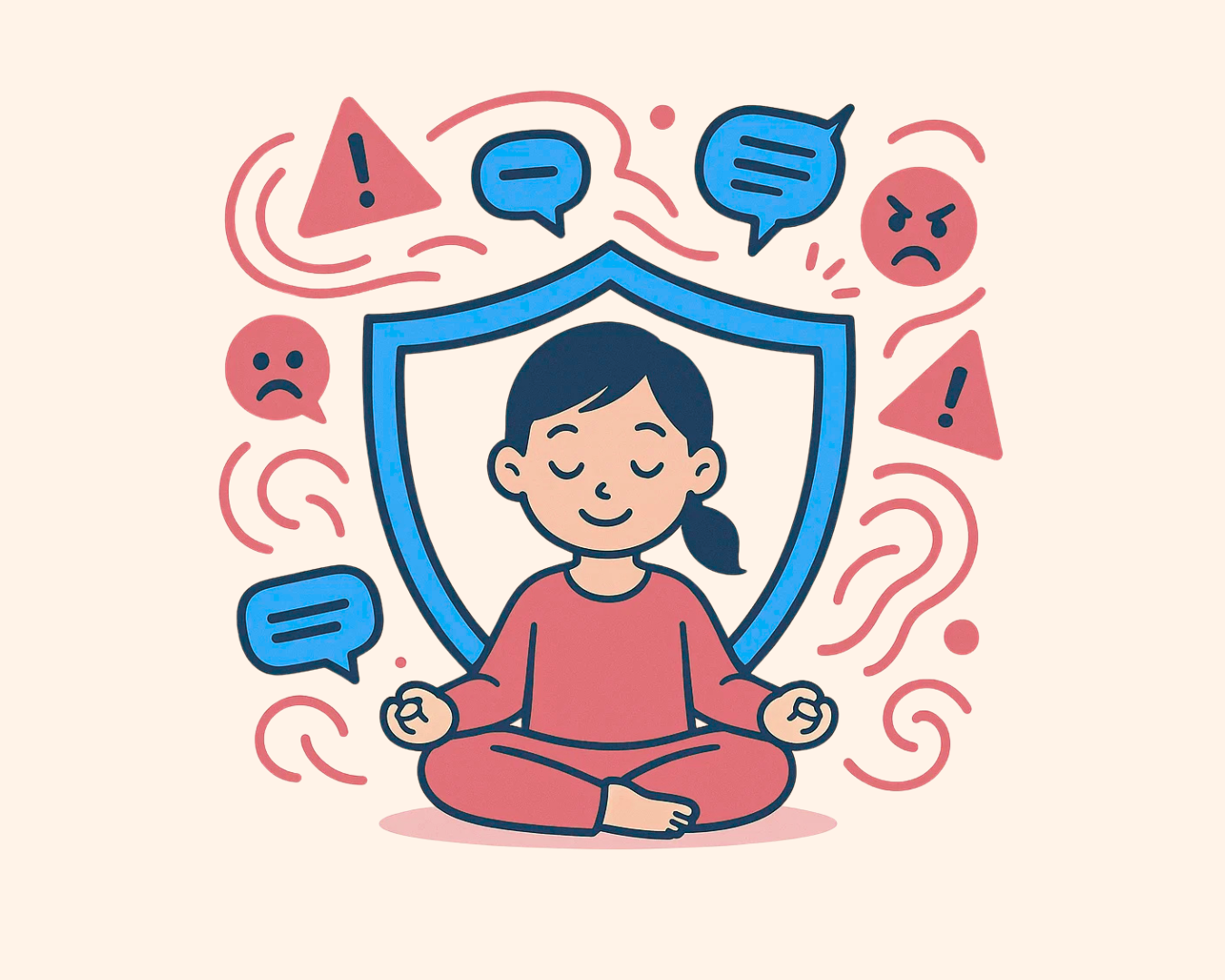Get one fresh, practical idea every 'Thinking Thursday' — plus free access to Thinklier’s toolkits on clear thinking and raising critical thinkers.
Subscribe
In a world full of persuasion, misinformation, and emotional manipulation, kids need more than knowledge. They need mental immunity. Here’s how to build it.
